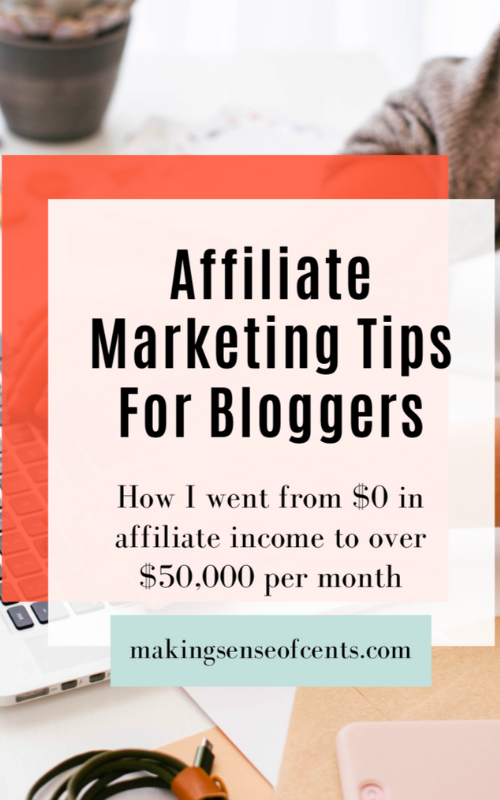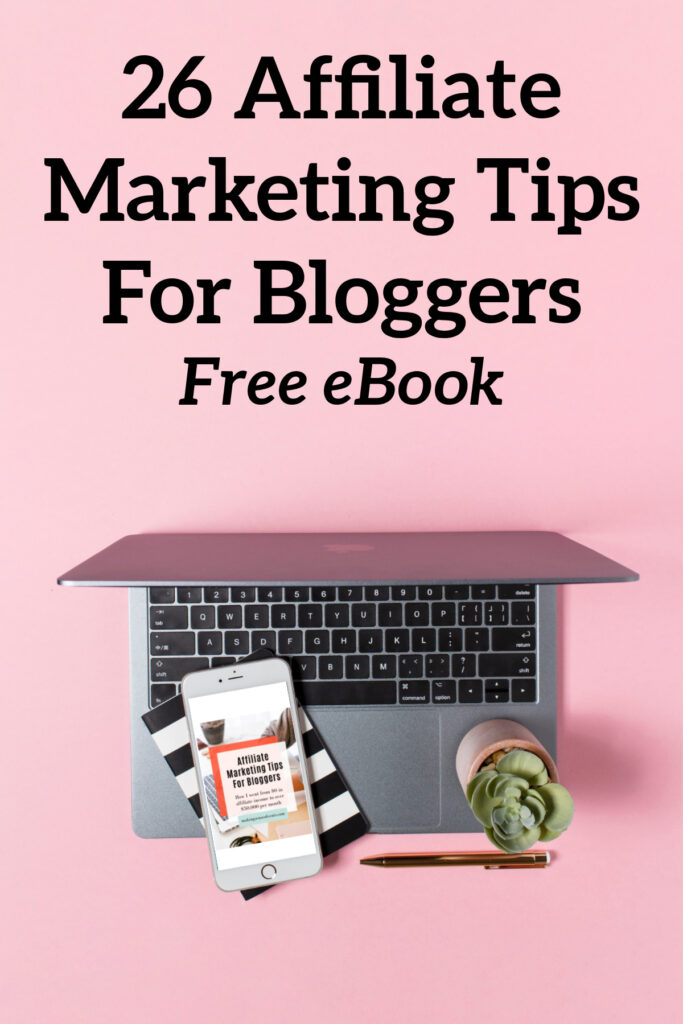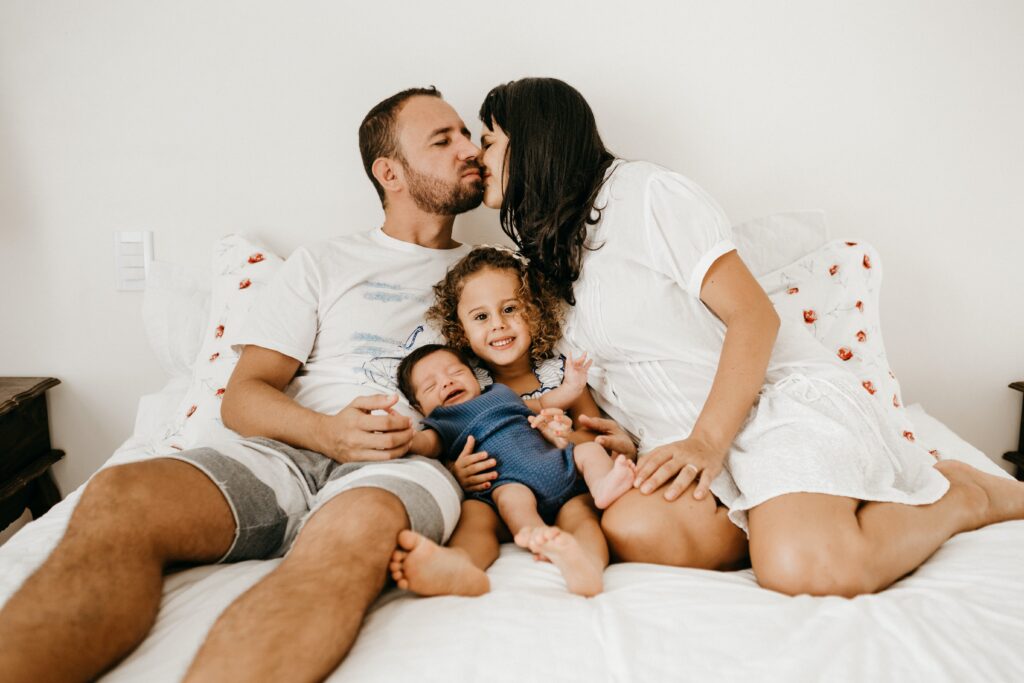Are you wondering how to start a blog? This blog post is for you.
DISCLOSURE This post may contain affiliate links, meaning if you decide to make a purchase via my links, I will earn a commission at no extra cost to you. As an Amazon Associate I earn from qualifying purchases. Thank you for your support.
Starting a blog can be an exciting journey, whether you’re looking to share your passion, build a business, or simply express yourself creatively. It is certainly a dream for a Mother who wants to stay home with her kids: to have a profitable blog!
This comprehensive guide will walk you through the process of starting your own blog, from conception to publication. Follow these steps, and you’ll be well on your way to becoming a successful blogger.
When you start your blog, you will have:
- Independence: You are your boss and decide what to do with your time!
- Freedom: You can work where you want and be around those that matter to you the most: your family and your kids!
- Flexibility: Work as many hours per week as you want.
- Different Income sources: With blogging, you can start earning money with affiliate marketing or sponsored posts before having ad revenue. The sky is the limit!
1. How to Start a Blog: Define Your Blog’s Purpose and Niche
Before diving into the technical aspects, it’s crucial to clarify why you want to start a blog and what you’ll be writing about. Ask yourself:
- What are my passions and interests?
- What expertise can I share?
- Who is my target audience?
- What value will my blog provide to readers?
Choosing a specific niche will help you stand out in the crowded blogosphere and attract a dedicated audience. Remember, it’s better to be a big fish in a small pond than a small fish in a vast ocean.
2. How to Start a Blog: Choose a Blogging Platform
Now that you have a clear vision, it’s time to select a platform for your blog. There are several options available, each with its pros and cons:
- WordPress.org: A self-hosted solution offering maximum flexibility and control.
- WordPress.com: A hosted version of WordPress with less customization but easier setup.
- Wix: A user-friendly website builder with blogging capabilities.
- Squarespace: Another popular website builder known for its sleek designs.
- Medium: A platform focused solely on writing and publishing.
For beginners, WordPress.org is often recommended due to its versatility and large community support.
WordPress is great for affiliate marketing, courses, and digital products.
3. How to Start a Blog: Choose a Domain Name and Hosting Provider
If you opt for a self-hosted platform like WordPress.org, you’ll need to purchase a domain name and hosting:
- Domain Name: This is your blog’s address on the internet (e.g.. https://www.wisdomforfamilies.com), Choose something memorable, relevant to your niche, and easy to spell. For this step, you can go to godaddy.com.
- Hosting: This is where your blog’s files will be stored. Look for reliable providers with good customer support and reasonable pricing. I highly recommend Bluehost for Hosting. The best bloggers use Bluehost because it is easy to use, it is super reliable, can support your blog as it grows, and they have excellent 24/7 support. You can sign up using this link for $1.99/mo.
4. How to Start a Blog: Set Up and Design Your Blog
Once you have your domain and hosting, it’s time to set up your blog:
- Install WordPress (if not automatically done by your host).
- Choose a theme that aligns with your blog’s purpose and aesthetic. The 17th Avenue Designs are beautiful and have excellent customer support whenever you need.
- Customize your theme to match your vision.
- Install essential plugins for functionality like SEO.
- Set up your main pages (About, Contact, Privacy Policy).
Take your time with this step to ensure your blog looks professional and functions smoothly.
5. How to Start a Blog: Plan Your Content Strategy
Before you start writing, develop a content strategy:
- Brainstorm topic ideas within your niche.
- Create an editorial calendar to plan your posts.
- Decide on your posting frequency (be realistic and consistent).
- Consider incorporating different media types (images, videos, infographics).
A well-planned content strategy will help you stay organized and consistent in your blogging efforts.
6. Write Your First Blog Post
With everything set up, it’s time to write your first post:
- Choose a topic from your content plan.
- Research thoroughly to ensure accuracy and value.
- Create an outline to structure your thoughts.
- Write a compelling introduction that hooks the reader.
- Develop your main points with clear, concise paragraphs.
- Conclude with a summary and call-to-action.
- Edit and proofread carefully before publishing.
Remember, your first post sets the tone for your blog, so make it count!
7. Optimize for Search Engines (SEO)
To help readers find your blog, implement basic SEO practices:
- Use relevant keywords naturally throughout your content.
- Write meta descriptions for each post.
- Use header tags (H1, H2, H3) to structure your content.
- Optimize images with alt text and descriptive file names.
- Internal linking to other relevant posts on your blog.
- Ensure your site is mobile-friendly and loads quickly.
Consider installing an SEO plugin like Yoast SEO to help guide your optimization efforts.
8. Promote Your Blog
Creating great content is only half the battle. You need to actively promote your blog to build an audience:
- Share your posts on social media platforms. A great one to help a blog grow is Pinterest. Create a business account and start creating pins for your blog posts!
- Engage with other bloggers in your niche by commenting on their posts.
- Guest post on other blogs to expand your reach.
- Consider starting an email newsletter to keep readers engaged.
- Participate in online communities related to your niche.
- Use hashtags relevant to your content when sharing on social media.
Remember, building an audience takes time and consistent effort.
9. Engage with Your Readers
Blogging is not a one-way street. Engage with your audience to build a community:
- Respond to comments on your blog posts.
- Ask questions in your posts to encourage discussion.
- Create polls or surveys to get reader feedback.
- Host Q&A sessions or live streams to interact directly with your audience.
- Feature reader contributions or success stories.
Engaging with your readers will help build loyalty and turn casual visitors into dedicated fans.
10. Analyze and Adapt
To grow your blog, you need to understand what’s working and what isn’t:
- Install Google Analytics to track your blog’s performance.
- Monitor key metrics like page views, bounce rate, and time on page.
- Identify your most popular posts and create similar content.
- Analyze your traffic sources to focus your promotional efforts.
- Pay attention to reader feedback and adapt your content accordingly.
Use these insights to continually refine your blogging strategy and improve your content.
11. Consider Monetization
Once you’ve built a steady readership, you might want to monetize your blog:
- Display advertising (e.g., Google AdSense)
- Affiliate marketing (promote services or products while earning a small commission)
- Sponsored content (talk about products from specific brands)
- Selling digital products (e-books, courses that you created)
- Offering services related to your niche
- Creating a membership site
Choose monetization methods that align with your blog’s purpose and audience preferences.
12. Invest in Yourself and your Blog
Learn from those who are successfully blogging and whose knowledge and experience can help you reach your goal faster of having a monetized blog. The courses I have taken and recommend to be taken in this order are:
- Perfecting Blogging by Sophia Lee. This course is excellent at helping you set up your blog from the beginning! It really helped me understand the basics of blogging and starting it right. For example, Sophia is open about how every successful blogger uses Bluehost to host their blog and that has been a game-changer for me because I started off with a host that I had used in the past and only gave me headaches. Once I switched over to Bluehost, I never had any issues.
- If you want to know how to get more page views from the best, then look no further than By Sophia Lee! Her results speak for themselves with her blog consistently receiving over 700,000 monthly page views and earning her over six figures monthly. Her course Perfecting Blogging taught me tried-and-true SEO strategies, her secrets to (quickly) creating a professional website, and her fail-proof formula for crafting blog posts that are guaranteed to hook your audience (and get those page views!). This course is perfect for bloggers just starting out or any blogger who hasn’t been seeing the results they want and is ready to take off! Just click on the image below to get started!
If you only have money to invest in one of the two courses I am recommending here, I recommend you take the second one below because it teaches more life-changing strategies for blogging. However, Perfecting Blogging was essential for me as a new blogger who knew nothing about it.
- Making Sense of Affiliate Marketing by Michelle Schroeder-Gardner. Michelle is just incredible and her course is life-changing if you implement everything she teaches. In this course you will learn: how Michelle went from $0 in affiliate income to over $50,000 per month. What excited me more about this course is that you don’t need tons of readers or visitors to your blog in order to start making money with it. Michelle teaches you to build a six figure blog without millions of visitors or selling your soul but using strategies of affiliate marketing. Just click on the image below to get started!
Get Michelle’s 36-page FREE ebook and learn how to make money with your blog:
Conclusion
This post was all about how to start a blog. Starting a blog is an exciting venture that combines creativity, technical skills, and strategic thinking. By following these steps and remaining patient and persistent, you’ll be well on your way to building a successful blog. Remember, blogging is a journey, not a destination. Enjoy the process, stay true to your passion, and keep learning and adapting as you go. Happy blogging!







Leave a Reply